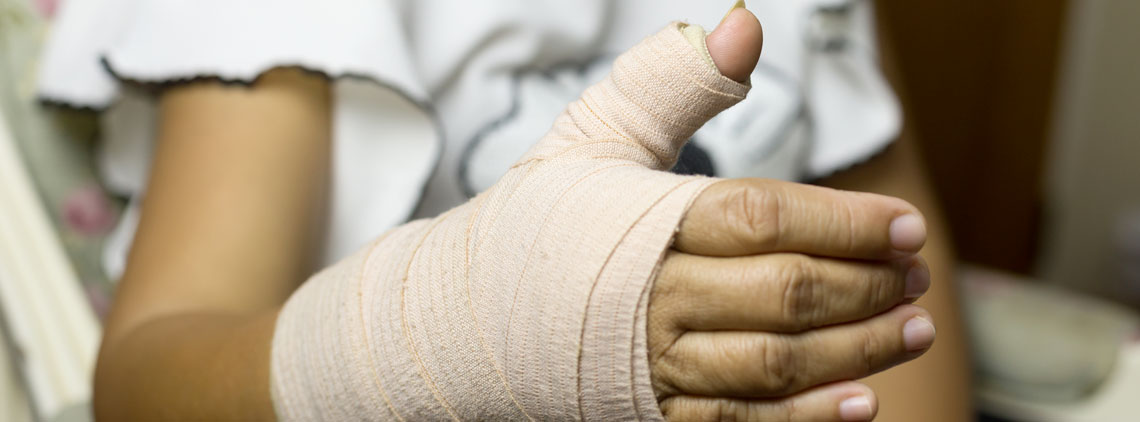
Dislocation of the PIP Joint
Overview
A proximal interphalangeal (PIP) joint dislocation occurs when there’s trauma in the middle joint of the finger causing it to dislodge. If you have a dislocation of the PIP joint, you likely have a swollen and bruised joint that’s extremely painful. This joint likely doesn’t move properly and may look disfigured. A ligament is a strong band of tissue that connects our joints and bones. We have ligaments to keep our bones in position and they stabilize our joints too. A sprain can occur when these ligaments are torn or over pulled. Without getting the injury evaluated, you can further injure the finger.
Athletes who play contact sports are at an increased chance of getting a dislocated PIP joint. Also, those who fall easily or often, those with weak ligaments, or those with active lifestyles are at an increased risk of dislocating their PIP joint. The PIP joint is the most commonly sprained or dislocated joint in the hand.
Nonsurgical Treatment Options for Dislocation of the PIP Joint
During our evaluation, we will review your hand and finger movement. We will also ask if someone had to put it back into place. Your treatment is dependent on the severity of your injury. However, early detection and treatment prevent prolonged disabilities and pain.
After your bone is set we may ask for you to use the most common treatment is “RICE” which stands for Rest, Ice, Compression, and Elevation. Do not use your wrist for a minimum of 48 hours. While resting apply ice (not directly on the skin) for 20 minutes several times a day. Next, reduce the swelling in your wrist by wrapping it with a compression bandage. Finally, as you’re resting elevate your wrist higher than your heart. This is an important step, especially at night. Take an anti-inflammatory medication like ibuprofen or Tylenol to reduce your inflammation and pain.

